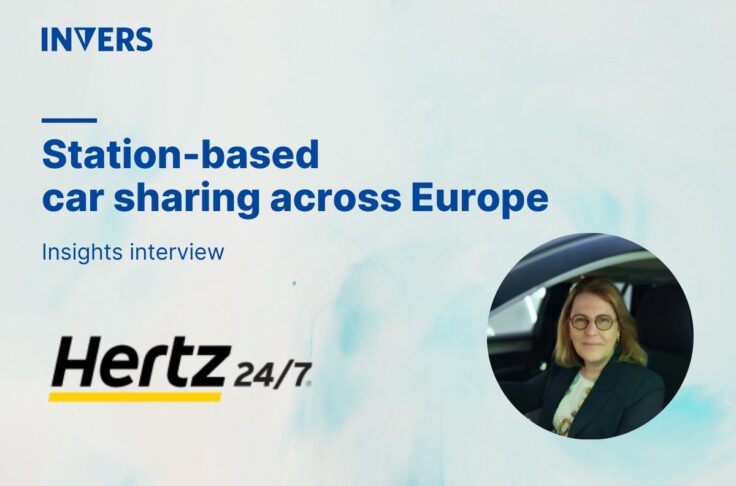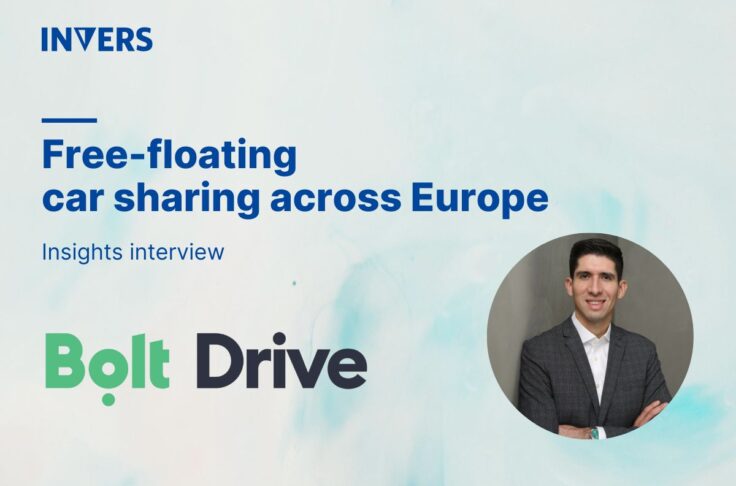How To Optimize Your Fleet Utilization To Gain More Revenue
Summary
Fleet utilization is the single most important KPI for every shared mobility operation; it determines how much revenue operators get out of their vehicles. Considering the high cost of growing fleets and breaking into new markets, maximizing fleet utilization is the most reliable way of achieving profitability. In this article, we’ll share three methods on optimizing your fleet utilization to generate more revenue.

Why is fleet utilization important?
Imagine you’ve just started a carsharing business in a metropolitan area. There is potential for high profitability, but there’s also a lot of competition. You have a fleet full of expensive cars that went through a lengthy acquisition process, configured and set up to finally be sharing-ready. You likely also had to negotiate and sign contracts with your operation’s host city – an additional upfront investment. Now that your carsharing business is up and running, every second that a car sits idle costs you money. Taking a look at your fleet utilization can help you gauge how you are doing on your way to profitability.
You can calculate your fleet utilization by dividing the number of vehicles that are in use at a given time by your total fleet size. It’s usually expressed as a percentage. For example, if 360 of your 500 vehicles are rented by customers, your fleet utilization is 72%. This is quite high and would result in good revenue for the moment, but it only shows a snapshot of how your operation is doing overall. To get the full picture, it’s best to consider fleet utilization over a week or even a month.
During your primary business hours, demand for your vehicles spikes, and your fleet utilization is probably at a satisfactory level. Maybe your customers love using your cars to get to and from work during the week, but what about the rest of the week? If your vehicles go unused on the weekend, your overall fleet utilization suffers and so does your income. Also, some vehicles might end up in low-demand areas where rentals are rarely started. These assets can become stuck there for prolonged periods of time not generating revenue before someone finally rents them again. Until then, they drag down your fleet utilization and revenue.
Below, we have compiled a list of possible approaches on how to increase fleet utilization.
The sledgehammer method: Decreasing your fleet size
To increase the use of your shared mobility fleet, you might think about decreasing your fleet size. This entails identifying your core market and scaling back operations in less profitable areas. While this needs a considerable amount of time and resources, the results could yield significant benefits.
However, it’s important to look at fleet utilization in context for this. Even though you’re optimizing the metric by reducing your fleet size, your revenue will probably suffer. In this case, higher fleet utilization doesn’t result in what you’re aiming for. You might get more out of each individual asset by focusing your remaining vehicles in high-revenue areas, but you’ll be able to service fewer customers overall.
The problem is that this solution stagnates the growth of your operation. Increasing revenue in the long-term often requires expanding into and nurturing less profitable areas for a while, until their performance and utilization increases.
The micromanager’s dream: Rebalancing to high-demand areas
Another way of driving fleet utilization is rebalancing your vehicles. Rebalancing refers to the practice of moving vehicles from low-demand areas, like suburbs, to high-demand areas, such as the city center. Here, more rentals are started and fleet utilization increases.
Rebalancing can be done in one of two ways. You can offer your customers incentives, such as discounts or vouchers, to start rentals in low-demand areas. Alternatively, you can send out employees to drive your vehicles to areas where they are more likely to be rented. It’s best to do this at night, to not take away vehicles from potential customers. But this may also tie up a lot of your employees, depending on your fleet size.
The great thing about the rebalancing approach is that it allows you to increase your fleet utilization without selling vehicles. You can simply get more rentals out of your existing fleet. Unfortunately, the statement that increased fleet utilization equals increased profits does not necessarily hold true in this scenario. Since you either make less money on some rentals due to discounts, or you need more employees to shuffle your vehicles around, this approach can be a gamble when it comes to increasing profitability.
Implementing and testing a rebalancing strategy can be costly, but, depending on your case, it may be worth it. For example, if you are operating a free-floating business, rebalancing can reliably boost fleet utilization because it ensures your vehicles are where the demand is. However, a station-based operation will probably not be able to harness the potential this solution brings.


